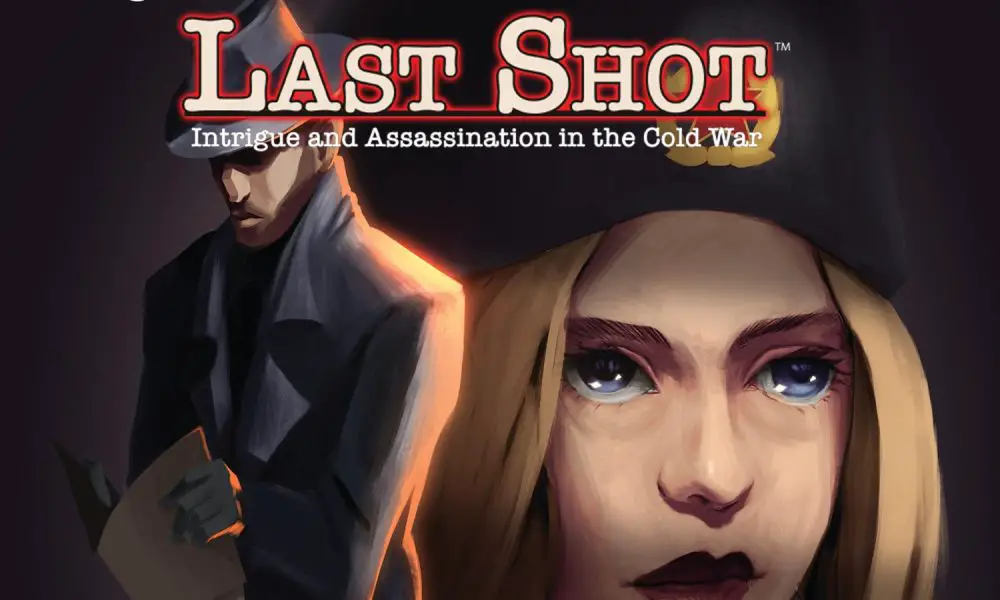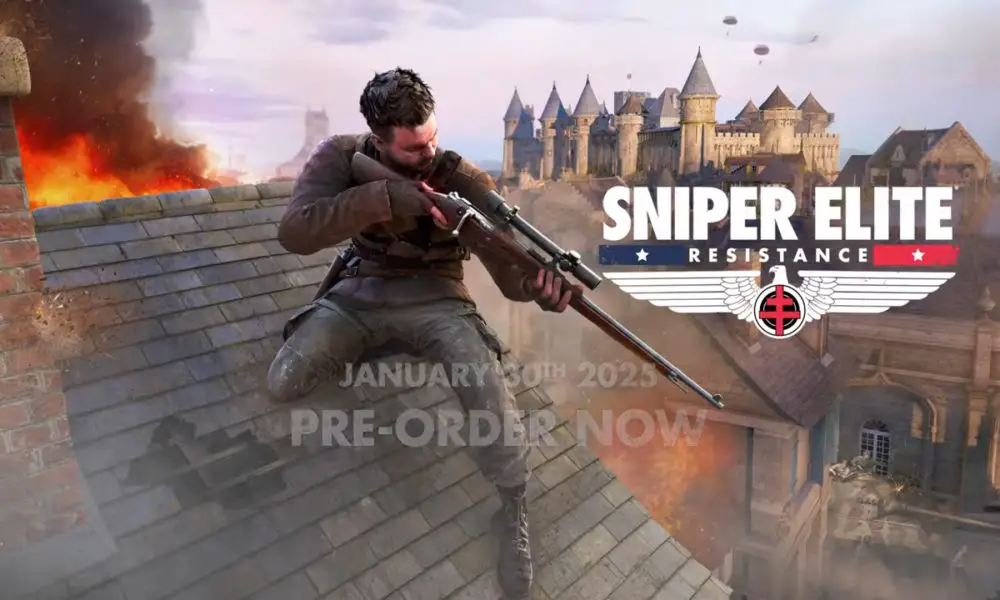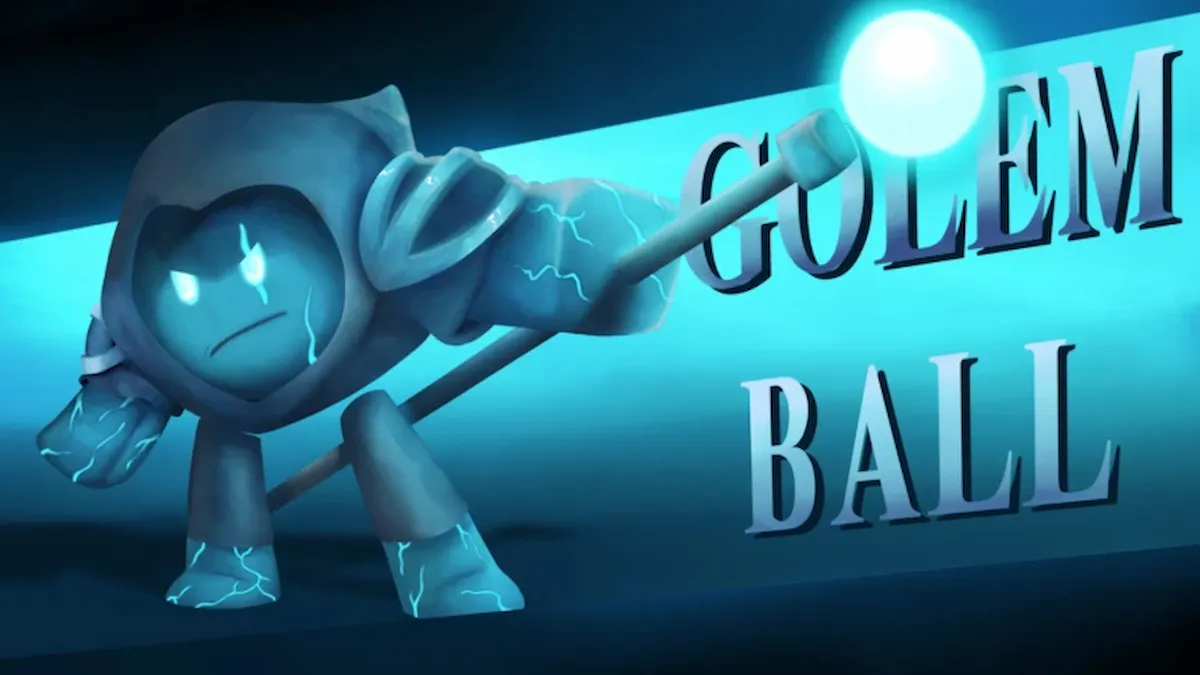Making a dungeon crawler that both appeals to and is actually viable for everyone is the game design philosopher’s stone: a hypothetical ideal to strive for, accepting you’ll probably never attain. Of course, I’m not suggesting that Chip Theory’s Elder Scrolls has attained that mark; at the risk of spoiling my review, it’s got its fair share of flaws. What I am suggesting is that the flaws feel like they come from a design philosophy that doesn’t accept limitations.

We got a pre-production copy for review, some art will have changed
Looking at a character board, it’s obvious that Too Many Bones provided a solid foundation, with combat consisting of players chucking increasingly more effective ability dice, and misses fueling additional abilities. It quickly diverts from its inspiration, not in a quick little detour, but in a fractal explosion of directions, with the most immediate being character builds. While Too Many Bones had rather narrow and strict paths, Elder Scrolls takes after the titular franchise, letting players go in all kinds of different directions from an already large list of possible race and class combinations. Sure, a High elf archer that only uses heavy armor, athletics, and speech is going to be dead weight, but there’s nothing stopping you mechanically. Players will naturally get mildly wonky builds anyway because they randomly draw which skill lines they can train (almost) every time they enter a town. Compounding the variance of character builds is the staggering number of item cards that players will only see a fraction of in any given campaign.
On one hand, I absolutely adore the philosophy of taking some build agency away from players, as it sidesteps the issue of munchkining. This game will be a bad time if most of the people around the table aren’t doing the best with what they get, so any spotlight hogging is assuaged by it being purely accidental and necessary. However, when you introduce this much variability into your game, you’ll inevitably wind up with campaigns that wind up outside the hell curve. For example, in my first campaign, I quickly found a legendary item that trivialized the game’s cooldown system, slapped it on my Warden, and then by the third session finale had my Orc kitted into what felt like an unkillable beyblade of destruction. Suffice it to say, that climax was anticlimactic. Then you have the other end of the spectrum, when you spend a whole day in frustration; poor pulls followed by poor rolls leading to a party that is doomed to failure and a group asking if it’s worth dedicating two more sessions to that campaign or if they should just throw in the towel.

Speaking of the campaign, it’s probably the biggest break point of whether this game is for you or not. A full playthrough of Elder Scrolls takes three sessions; the first two being main quests tied to a guild, the third a series of climactic battles. The main quest line has the party scampering about a region overworld doing this, that, or another thing as explained in the region’s gazetteer, with writing on par with the modern Bethesda games: adequate, certainly better than what we’ve grown accustomed to as players of fantasy dungeon crawlers, as there’s room for failure and consequences therein, but still nothing I’d read separate of a game. The overworlds are a mixed bag, the game’s largest single innovation from any of the others I’ve played in the genre, as players will be consistently met with the decision to take fatigue and mess with their combat ability in order to move faster on the map, which allowed the party to make an informed decision, as opposed to the genre’s standard event cards that dole out punishments and boons seemingly at random based on party “choices”. As much as I liked the introduction of a new aspect of fantasy adventuring into a game, I found most of the region mechanics to be overwrought or a general detriment to our enjoyment of the game. I’ve also got to touch on the inter-session guild pivots, as finishing main quests gives players the option to stick with the guild they were playing with or picking a fresh one if they like that one’s pitch more. But there’s a hitch- the Valenwood region expansion has some of those quests tied to it, meaning certain guilds will force you to pivot if you don’t have the expansion. I get it, this is already a plenty expensive box without adding a whole expansion’s worth of content to it, but losing a guild ability like the Psijic order’s that has implications for how you build your characters with no warning because you don’t have an expansion blows chunks. Not to belabor the point, but I was unhappy with it with a review copy, I imagine people who dropped around 200 on this to be told they don’t have a complete game will be displeased; there had to be a way to work the quests where it didn’t require house ruling or forcing players out of guild lines they were happy with.

Combat encounters are going to be your other big make-or-break, which I know you thought “no duh” as soon as you saw, but hear me out. I’d argue that if it your player aid for enemy abilities and status conditions is both sides of a sheet the size of a child’s torso, you’ve got too many, but they were thematically named enough that after my first couple checks, I had the more common ones more or less memorized. Once you get the swing of things, the game’s system of active, cooldown, and drained abilities with the layer of classes on top makes combat absolutely shine. Thing is, the formatting of combat is where it can start to flicker. Clashes represent your standard RPG random encounter, and they’re exactly that, with players doing whatever little skirmish on the diamond-shaped clash tile. Dungeons are unique to each region, and have their map layouts and special rules in the back of the corresponding book. Delves are totally random though, with players attempting to enter the tiles for a certain number of skyshards usually tied to player count. This is where high variance rears its head again, but this time there’s no peaks, only valleys. Because the tile layout and card order is random and found out over the course of the encounter, it’s entirely possible for players to wind up finding out at the end it was entirely unwinnable due to no fault of their own. Conversely, your first two tiles could be skyshard hits, and you’re immediately out- yay, free XP, but you didn’t get to do the thing, so it feels like a questionable design choice. Tying delve success to a certain number of cards, tiles, or even total hexes would have evened out the experience while maintaining some level of variability. Ultimately, I don’t hate delves, but they’re noticeably worse than the other two encounters to the extent that I avoid the Undaunted and Morrowind, the guild and region that feature them prominently, despite all the time I spent with Vvardenfell’s wonky polygons as a kid and my resultant nostalgia for the region.

The resultant amalgamation is a game that demands a whole lot of your wallet, time, and space. I’ve already touched on this, but just the base game without any of the extras- expansion, deluxe storage (and I’m feeling the lack of both after a few campaigns), etc. that the rulebook makes a point to mention runs 200 freedom bills. The box suggests you’ll be able to get a session in from 2.5-4 hours for solo to four players, but I’ve found the absurd levels of variability baked into everything make it much more like Dune: I’ve run multiple sessions at every player count, and I’ve had it take an hour and a half or after I was finished with my morning coffee until it was time for dinner. On the flip side, once you get into an encounter, especially a delve that goes sideways, this game is nothing but a behemoth. I’m honestly not sure where they were testing this game, because between the overworld map, enemy ability and status reference sheets, player boards, item cards, race and class cards, ability die reference sheets, the actual map, the assortment of health and enemy chips, the stand for the round counter and day/XP dials, all the various other trays you need in arm’s reach, and finally somewhere to actually roll all these dice, I could hardly fit everything on the ping-pong table I play my colossal games on. I get it, some games are just really big, especially games with this price tag, but there I am making excuses for this game again. It wouldn’t be so big a deal, but I have that big ol table free for when the sessions ran long or I just got frustrated and had to call it for the day. Do you have the extra table and space to leave the game out? Because Betrayal of the Second Age doesn’t have a good way for you to save your progress if your party doesn’t do the full session in one sitting. I imagine if you still want this game after reading this review, the answer is yes, and don’t get me wrong, I’ve really enjoyed the majority of my time with this game, so much that it’s replaced Gloomhaven for me, but it’s definitely got flaws that make it so it’ll only land for a niche of a niche.

Elder Scrolls: Betrayal of the Second Era is unquestionably the most Bethesda board game I've ever played, from the wonky bits of design, to the mediocre finale, to the whole lot of fun to be had if you can overlook the faults. In the immortal words of Todd Howard, It just works!
PROS
- Immaculate production
- Variance brings depth and replayability
- Intuitive power and effect design keeps players in the game instead of constantly referencing books or sheets
CONS
- Variance also brings a whole bunch of low points
- The base game feels designed to be incomplete without expansions, which feels extra bad given how expensive it is
- Highly demanding of both time and table space
Unless otherwise stated, the product in this article was provided for review purposes.
See below for our list of partners and affiliates:

 1 month ago
88
1 month ago
88

















![Anime Reborn Units Tier List [RELEASE] (November 2024)](https://www.destructoid.com/wp-content/uploads/2024/11/anime-reborn-units-tier-list.jpg)
